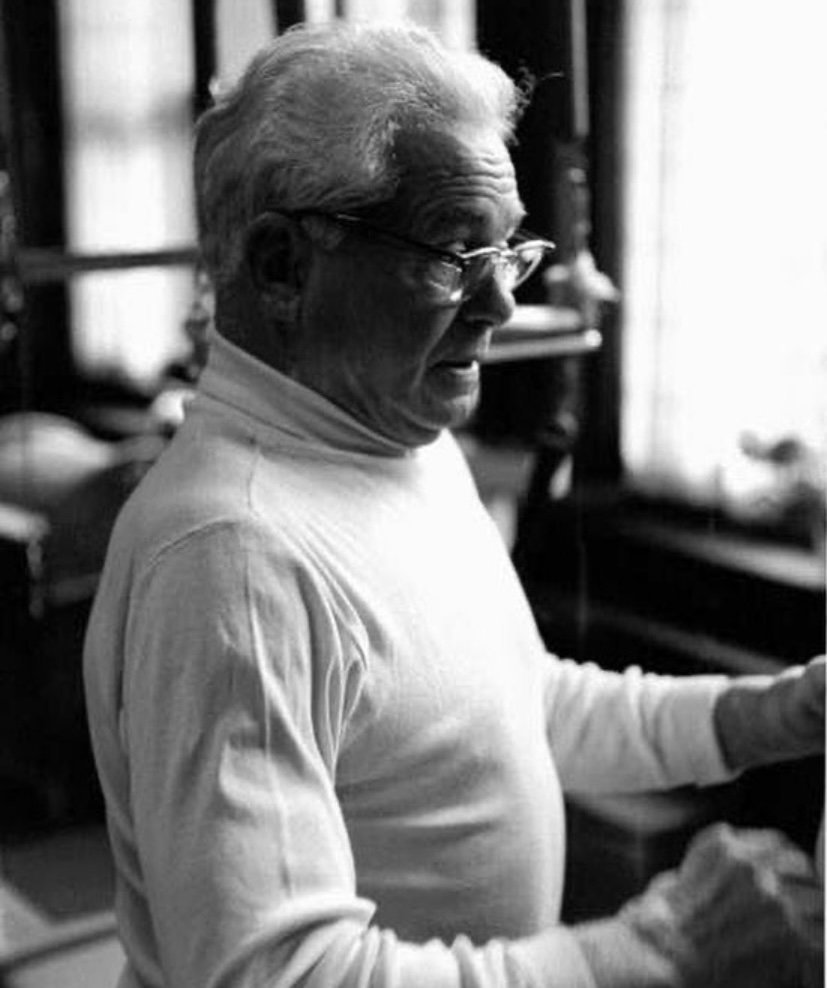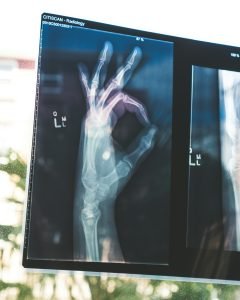
The story begins with a (sur)name, that of Joseph Hubertus Pilates, the founder of the Pilates method. But who was Joseph Pilates and how did the Pilates method come about?
Let’s take a trip down memory lane…
To understand Pilates, you have to understand the man. Joseph Pilates was born in 1833 into a modest German family. This was a harsh era where poverty severely impacted the health conditions of the less fortunate.
Joseph was a puny little boy who dreamed of a body different from his own. His father, who was passionate about physical exercise, exposed him to physical effort and all its virtues.
Joseph didn’t have any money but he was ambitious and had lots of ideas. So, imbued with his father’s passion for exercise and his own ideals of the perfect “Greek” body, he spent almost 20 years creating and refining his very own exercise method, using his own body as a tool for experimentation and promotion.
Moving to England
In 1912, Joseph Pilates moved to England, where he tried to earn a living by working various jobs including stints as a boxer, a self-defence teacher and a circus performer.Shortly afterwards, the First World War broke out and Joseph Pilates was imprisoned on the Isle of Man. He took advantage of these years to experiment and develop his exercise method with other prisoners, who experienced these moments as an escape from their terrible daily lives.
The New York City years
In 1926, Joseph Pilates emigrated to the United States. During the journey, he met Clara who later became his wife and his most faithful partner. Shortly after their arrival in New York City, Joseph and Clara Pilates opened their first studio, not far from Broadway. The Pilates method, known during their lifetime as “Contrology”, quickly became popular with dancers and performers in the arts.
The next generation
Joseph Pilates taught his method until his death in 1967.
Many of his faithful students went on to teach his method, incorporating their own variations and modifications, and gradually moving away from the original method. Only Romana Kryzanowska, a ballet dancer, devoted her entire life to faithfully transmitting Joseph Pilates’ legacy to teachers around the world.
Romana trained the second and third generation of Pilates teachers. Her daughter, and then her granddaughter, went on to safeguard the essence of the authentic Pilates method by setting up the Romana’s Pilates international training programme, which has been taken by thousands of people all over the world.
In France, Romana Kryzanowska entrusted Philippe Taupin (Master Teacher level X at the Studio Pilates de Paris) with the mission to transmit and train a new generation of teachers. Philippe effectively brought the Pilates method to France and became its ambassador, setting up the very first Pilates studio in Paris in 1998.
I am happy and profoundly honoured to have joined the Romana’s Pilates teacher training programme, which is recognised internationally by the Pilates professional ecosystem, and in France by the FPMP institution (Fédération Professionnelle des Métiers du Pilates).Thanks to this rigorous training method I have gained precise knowledge and the ability to accompany all physical profiles in their wellbeing and sports routine. (You can find more information on the Romana Pilates teacher training on the French Riviera here).
A method built around 6 fundamental principles for the wellbeing of your body and mind
Breath
Breath is the core element in the Pilates method. It is optimised and amplified with the movements, providing better oxygenation of your organs and muscles
Core
Engaging the core (back, abs, glutes, upper thighs) is central to classical Pilates. A regular Pilates practice will strengthen your core and help you control it.
Control
Pilates develops mastery and control of the body through optimal concentration.
Concentration
Pilates requires optimal concentration to coordinate your body with your breathing and to control your body in the execution of each exercise.
Flow
Flow is encouraged in Pilates, In order to feel the benefits of the workout. All exercises are performed with great fluidity, control and precision.
Precision
Precision is an integral part of the classical Pilates method. Every movement is carried out very precisely, both by the student and the instructor!
To discover the Pilates method and its benefits, why not try a private studio class today and make your own opinion? For a limited time only you can benefit from early bird pricing with a Discovery offer.
Yours in Pilates,
Kelly



